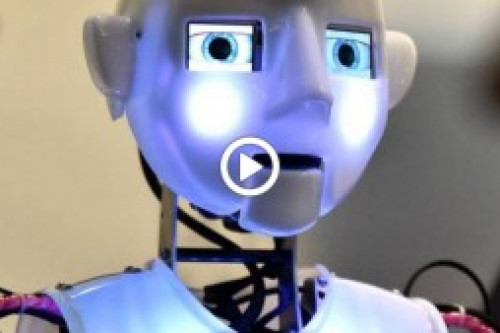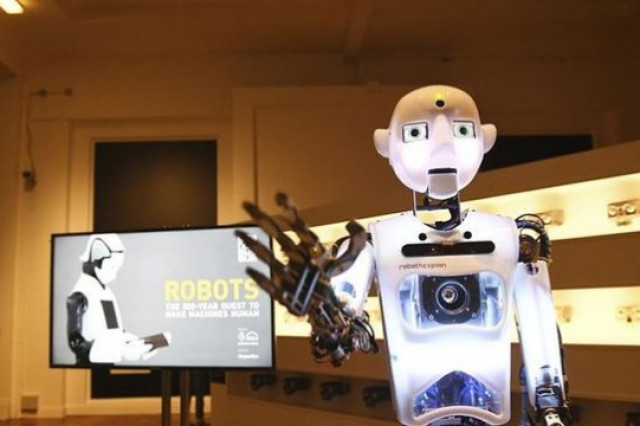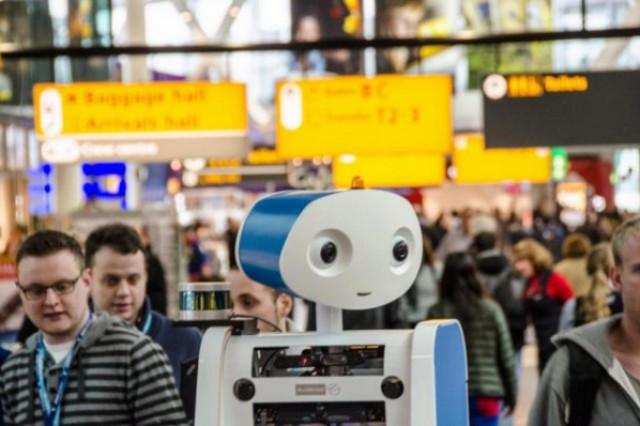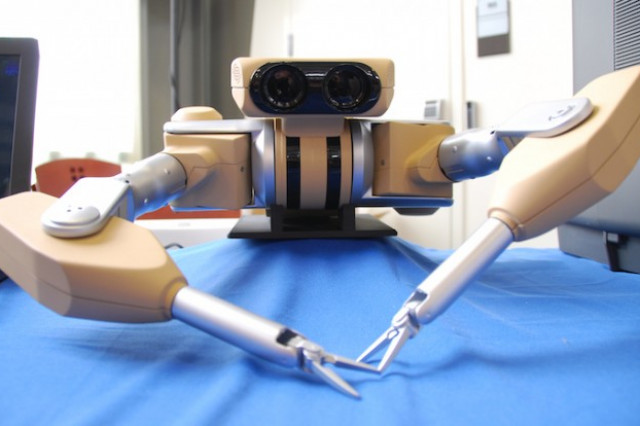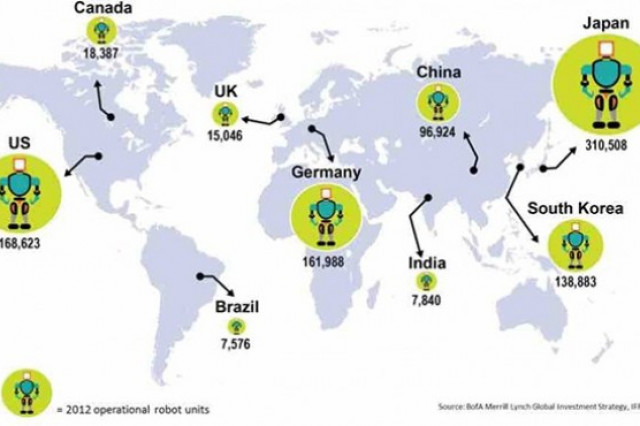On the scoreboard of humans versus machines, our cognitive adversaries have just scored a significant win. Fukoku Mutual Life, a Japanese insurer, announced the total replacement of 34 of its employees by an IBM Watson Explorer AI system. The soon to become redundant humans were working on the medical payouts department. Their job was to read medical certificates and factor in the length of hospital stays, medical histories, medications, and surgical procedures, in order to calculate payouts. The AI system can do all that at scale, drastically reducing the time that the humans needed for the 132,000 payouts per year that Fukoku Mutual Life had to process.
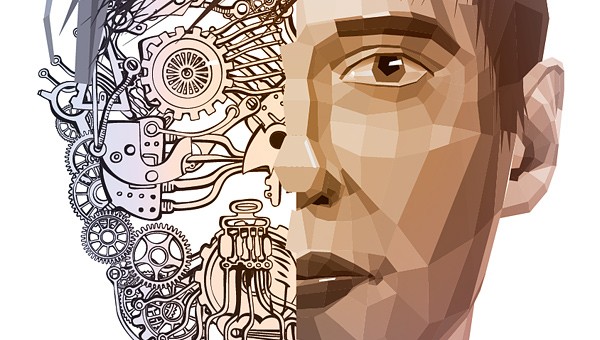
It was not just processing time that was saved. Commissioning the AI system would cost Fukoku Mutual Life around 140m yen ($1.2m), and maintaining it around 15m yen ($130,000) per year. This cost translates to savings of around 200m yen ($1.71m) per year and 30% increase in productivity. So is this the beginning of the end for human workers? Do intelligent machines lead by mathematical precision to human obsolescence? Not really, but in order to justify the optimism one needs to go under the hood of the Fukoku Mutual Life case.
The first wave of computer automation – let’s call it “unintelligent computing” – was all about making business processes more efficient. In other words, computer systems were used to make work more efficient. Indeed, the word “efficiency” was at the heart of that first automation wave, and remains so in the new wave of “intelligent computing”. Successful companies need to manage their bottom line, reduce cost and risk, as well as increase productivity, all key performance indictors in a successfully managed enterprise. Cognitive computing is a boon to bottom line management because it eliminates the last barrier to maximum efficiency: the human with all her or his errors, tiredness, holidays, sickness, etc.
Nevertheless, businesses are also about the top line. In an era of fast innovation the top line is more important than the bottom line. You can have an efficient organization that runs on minimum cost thanks to cognitive computers, and still fail abysmally because you lack the key competitive advantage of the digital age: fast innovation. In a rapidly shifting market where companies need to continuously reinvent themselves, as well as their products and services, running an efficient organization is not critical anymore. What are critical are creativity, leadership and collaboration. Notice, however, how each and everyone of these three critical success factors is inherently inefficient. You cannot squeeze creativity out of anyone; leadership is an on-going struggle with one’s faults and others’ strengths and weaknesses; and collaboration requires social and communication skills, which at best deliver 1% useful output for 99% effort. Machines, intelligent or otherwise, are built for efficiency not inefficiency. And that’s good news for human workers in the age of cognitive automation. Human inefficiency is our saving grace!
Machines, whether intelligent or not, are built for efficiency and not for inefficiency. And that's good news for human workers in the era of cognitive automation
But what about the multitudes of humans who, like the 34 hapless workers at Fukoku, have been trained to do “efficiency jobs”? Alas, cognitive machines will replace them, no doubt about that. But them being human means that they can be retrained to do the “inefficient jobs” that will be absolutely necessary for success in the 21st century. Demographics are working in favour for many of those workers, particularly in advanced economies. For example, in Japan, a shrinking and ageing population needs cognitive computing and robots in order to sustain economic growth. The Nomura Research Institute predicts that by 2035 nearly half of all jobs in Japan could be performed by robots.
China is also on course for massively automating its manufacturing sector, a decision driven both by demographics as well as rising, i.e. uncompetitive, labour costs. Machine intelligence will permeate the future homes, public spaces, as well as workplaces, as the fourth industrial revolution marches on. Let the robots do the efficient jobs, and give the rest of the work to the creative, social, vacation needing, emotionally modulating, and inefficient humans!



